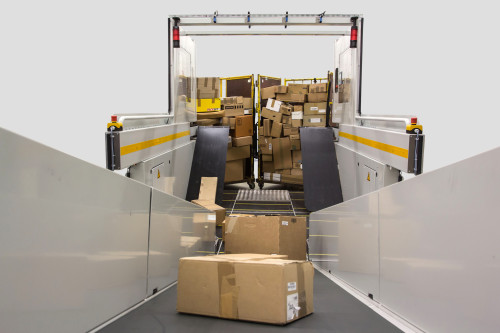
Difference between 3pl and 4pl services
Using a forth party logistics provider to manage transport processes in not a new concept. However, there remains a lack of clarity in defining a 4pl and understanding how it differs from a 3pl. So what are the main differences?
3PL Vs 4PL – five key differences:
- 3pls typical own warehousing and transport assets. They aim to maximize use of these assets to increase revenue, maximum profitability of their vehicles. 3PLs need to prioritise their own efficiencies to make ends meet.
- Even if shippers nominate a #PL to manage all their logistics requirements, it’s likely that some of the work will be subcontracted to alternative 3pls to reduce empty running and manage fluctuations in volume. They will often make a margin on work that is subcontracted out.
- A 4pl doesn’t own any physical warehousing or transportation assets its only assets systems are systems and people so it is completely independent and removed from the 3pl vehicle asset dilemma. Therefore a 4pl can focus on implementing the optimum solutions for customers changing needs. Working towards process and systems improvement.
- A 4pl provides all the functions of a 3pl such as procurement, warehousing and delivery, but also provides the systems to manage a whole range of business processes, from finance to customer service.
- Because many of processes are standardised and systemised, a 4pls focus is on the customer’s future transportation requirements and trends.
The best solutions typically involves the use of multiple 3pls to minimize empty running and to ensure that the right transport service is obtained (3pls often specialise in particular are which requires a different physical infrastructure as well as different systems)
Many freight forwarder organizations also refer to themselves as 4pls, while some carriers of 3pls have a 4pl division, but there is always a conflict of interest around using their own vehicles instead of the best solution for the client’s needs.
The 4PL’s – Five Areas of expertise
A 4pl provides a level of unbiased transportation expertise that is not normally available to a shipper.
- Carrier tendering- regular tendering large freight spends for multiple shippers in multiple market sectors. Enables the 4pl to generate more efficiency that one shipper could offer.
- Carrier performance management– creating service level agreements with 3pls across multiple shippers. Supply of systems and processes to record and communicate performance data.
- Finance control and reporting ensuring processes are adhered to and costs are captured through a controlled process, generating accurate transport accruals. Offers true understating of the cost to service each customer.
- Transportation execution – implementing continuous development in systems and processes to improve visibility and communication to the shipper. Best practice from multiple sectors to achieve that right cost and service balance.
- Continuous improvement – Tried and tested initiative framework that help improve cost and services on a tactical and strategic level for the shipper.
Ultimately, companies benefit from using both 3pl and 4pls solutions. Ideally working together to reduce costs. However a 4pl offers more sophisticated systems and process which ensure that the customer gets the right combination of service cost.
Write to us at nwccmailbox for more details. or log on to www.nwccindia.com








